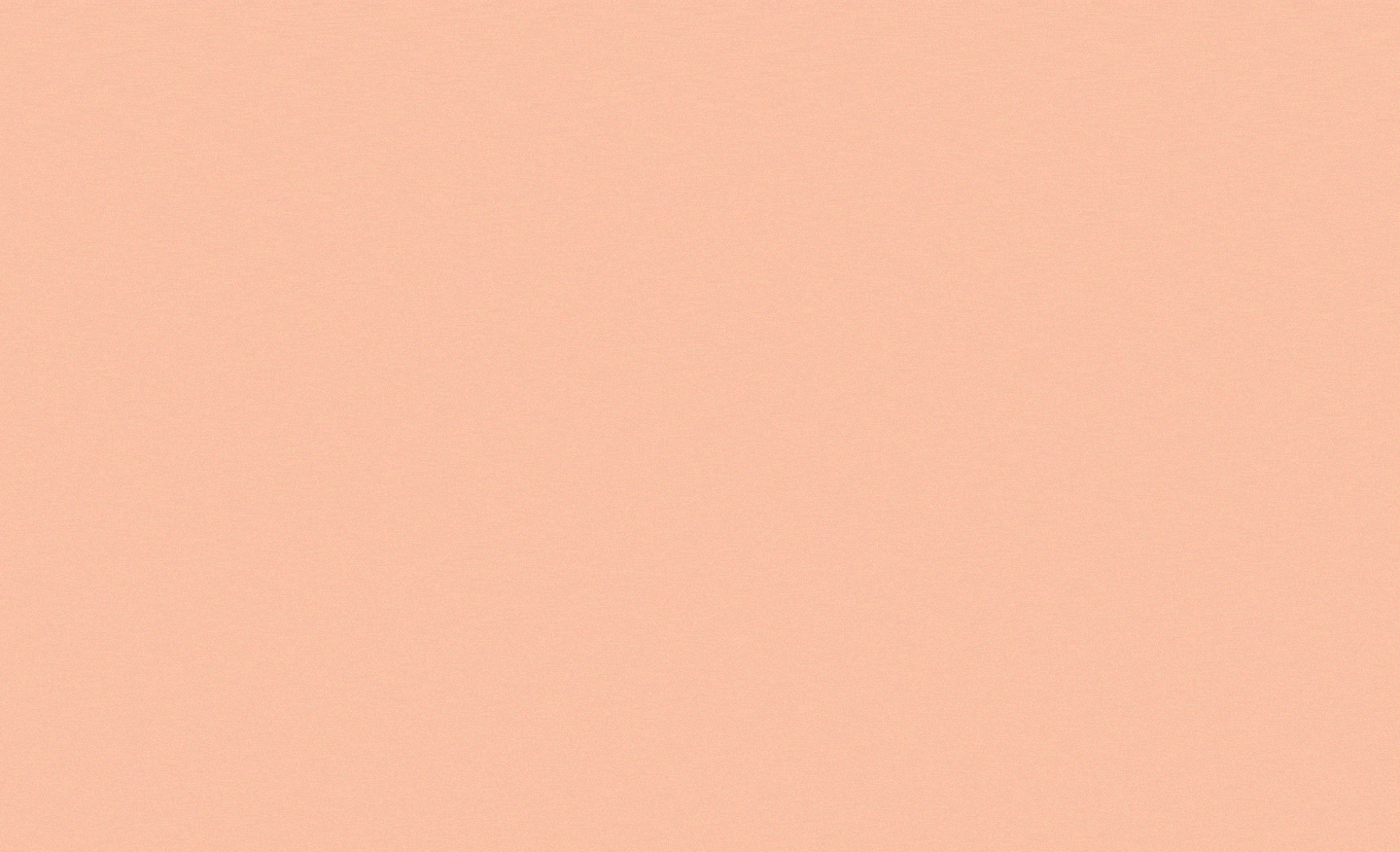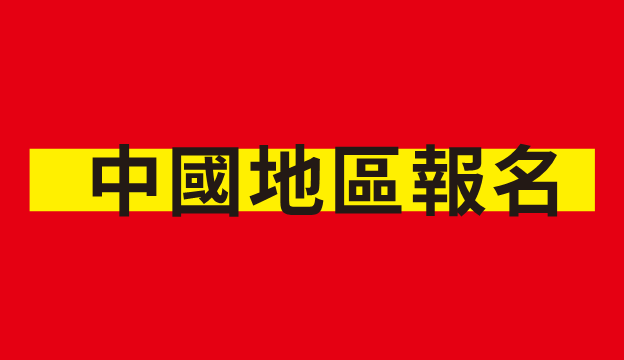
Originating in 2016, the London Chinese Art Exchange Exhibition (CAE) is a prestigious arts exchange event amongst the UK’s overseas Chinese community.
The competition focuses on the fields of advertising, digital media, graphic and publication design, packaging and product design, animation, experiential and spatial design, photography, illustration and fashion design. Its core philosophy is to emphasise artistry and innovation, to promote artistic exchange and to celebrate excellence in artistic development.
The London Chinese Arts Exchange Exhibition provides a platform for artists to showcase their works and for the public to learn about and appreciate various art forms. In addition, the programme provides artists with the opportunity to interact with their peers, learn from each other and inspire each other, thereby promoting the advancement and development of the art field.
The London Chinese Arts Exchange Exhibition is an important event that aims to promote the arts, enhance innovation and recognise artistic achievements, and is of great significance in enhancing the artistic influence of the Chinese community and promoting artistic innovation.
Participation Methods
Please log in as a member and complete the registration. The registration process requires payment of the registration fee. The registration fee can be paid using PayPal.
If you are a contestant in the Chinese division, you can go to the cooperative registration website to register, or you can register here.
Event Organiser
- UK – Overseas Chinese Artists Association
- Overseas Chinese Cultural and Educational Service Centre, London, UK
- Wuhan Creative Culture and Art Institute, China
- Official Website: www.ocaa.uk
Participants
Overseas Chinese professional designers and university students residing in the UK, and professional designers and university students in China, aged over 17 years old.
Theme
Thematic Category
> Theme 1: “Reinventing the Future”
This theme encourages entrants to explore how technology is affecting and changing the way we create art, as well as art itself. This may include the use of virtual reality, augmented reality, artificial intelligence (AIGC) and other technologies in the creation of art. The aim of this theme is to encourage artists to push the boundaries of traditional art and make innovative use of technology to shape the future of art.
> Artwork Design Requirements:
- Works must be created using at least one advanced technological tool or technique, such as virtual reality, augmented reality, artificial intelligence (AIGC).
- The work should demonstrate how technology has changed artistic creation and artistic expression, or how it has affected the theme and content of the art, and should be accompanied by a design statement.
- The work should be innovative and demonstrate a vision of future art forms.
> Design Proposal:
- Participants may try to combine technology and art to explore new ways of art creation, such as using virtual reality for immersive art creation, or using artificial intelligence to generate art images.
- Participants may seek inspiration from the impact of technology on society and life, e.g. how technology changes the way we communicate, how it affects our work and life, etc. Participants should keep an open mind and explore new ways of art creation.
- Participants should keep an open and exploratory mind and be willing to try out new tools and techniques, rather than sticking to traditional ways of creating art.
> Topic 2: “Dialogue of Cultures
This theme encourages participants to explore and research the history and culture of the UK and China, and to try to incorporate elements of both cultures into their artworks. This may include themes such as historical events, people, architecture, traditional arts, etc. This theme aims to encourage artists to explore and research the history and culture of Britain and China. This proposition aims to encourage artists to gain a deeper understanding of and respect for these two different cultures, and to promote cultural exchange and understanding through art.
> Artwork Design Requirements:
- The artwork must contain elements of both British and Chinese cultures, which can be historical events, people, architecture, traditional arts, etc. The artwork should demonstrate a deep understanding of both British and Chinese cultures.
- The artwork should demonstrate understanding and respect for British and Chinese cultures, as well as a vision of the integration of the two cultures.
- The work should have depth and substance and be able to stimulate the audience to think about cultural exchange and understanding.
> Design Proposal:
- Participants can study the history and culture of Britain and China, understand the characteristics and differences of the two cultures, and then creatively integrate these elements in their works.
- Participants can try to use different art forms and media to express their understanding of cultural dialogue, for example, fusing painting elements with graphic elements, etc. Participants should keep an open mind about culture.
- Participants are expected to be open and respectful of cultures, demonstrating not only their own understanding of culture, but also respecting the values and identities of other cultures.
Freedom Category
Please express your thoughts and feelings in your own unique way, whether through painting, sculpture, photography, installation art or any other art form. The aim of this proposition is to encourage participants to create freely and express their individuality and creativity.
Category
- Graphic Design
- Branding Design
- Architectural Spatial Design
- Landscape Design
- Interaction Design
- Book and Publication Design
- Video Design
- Photography
- Installation Design
- Illustration Design
- Animation Design
- Concept Design
- Product Design
- Fashion Design
- Jewellery Design
- AIGC Series
- Art Creation (including painting, oil painting, printmaking, ceramics, sculpture, etc.)
- Data Visualisation
- Game Design
Timeline
Participation Fee
Awards
- Top awards: 2 x £2,000 award money @ paper certificate + trophy
- Finalists: Gold x 15 x £500 award money / Silver / Bronze @ paper certificate
- Preliminary award: Gold Finalist / General Finalist / @ Digital Finalist Certificate
>Shortlisting Instructions:
- The competition is divided into two stages: Preliminary Competition and Final Competition.
- After the preliminary round, two levels of entries will be selected: General Finalists and Gold Finalists.
- In the final stage, the chance of winning is approximately 35% for the General Finalists and 75% for the Gold Finalists.
- These two stages are designed to select the best works in a fair and equitable manner and to encourage more artists to participate in this important art exchange programme.
>Exhibition Description:
We will select 100 pairs of outstanding works from the final stage Silver Award and above to be exhibited. We will contact the award winners for the selected works and pay the corresponding fees for the use of the works in the exhibition.
Participation Methods
Please log in as a member and complete the registration. The registration process requires payment of the registration fee. The registration fee can be paid using PayPal.
If you are a contestant in the Chinese division, you can go to the cooperative registration website to register, or you can register here.
Contact Information
- Email: cae@ocaa.uk
- Telephone: 0044-7894 655 265
- Organising Committee LINE: caeocaa2022
Copyright
The copyright of all the works belongs to the authors themselves. The organiser of the competition may only exhibit the works with the consent of the authors themselves and may not carry out any commercial activities.



